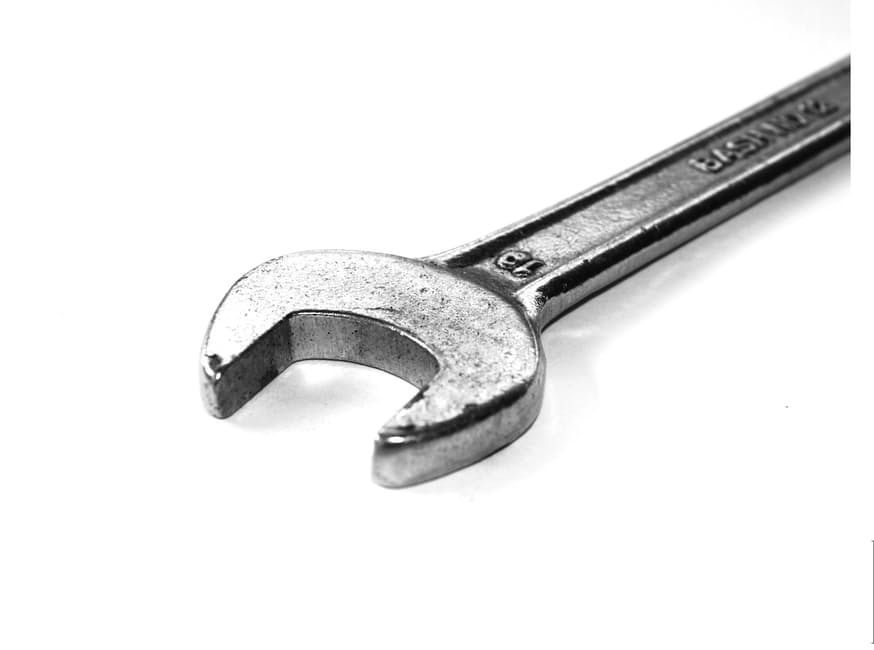When you are faced with a plumbing issue, do you call a plumber immediately or do you try to repair it yourself? While some plumbing repairs like major slab leaks, sewer repairs and pipe replacements will need the intervention of a professional plumber, minor sink leaks or small clogs can be fixed using common plumbing tools. Check out our list below:
- Plunger
This is always the first thing one grabs when tubs, drains, showers, sinks, toilets and floor clogs. Before buying one though, you need to test if it has good vacuum properties. The proper way of using a plunger is to vacuum the clog out. If the clog is further pressed down, then you are doing it the wrong way.
- Hand Auger
If the plunger does not work, the hand auger also referred as a hand spinner is the next best tool to unclog bathtub drains and sinks. It is a long steel cable that is flexible and its pistol grip makes it easy and safe to handle that small clog.
- Teflon Tape or Plumber’s Tape:
This is best used for making sure threaded pipes have a good seal. It is sold in different widths so you might want to buy a couple of rolls for different sizes. You can use Teflon Tape on any threaded connections that don’t have a built in rubber seal. Remember to always wrap the tape in the same direction that the fitting will be tightened.
- Adjustable Wrench
This tool is versatile when working on compression fittings to install plumbing fixtures. The secret to keeping the plumbing fixture unscratched is to wrap the rough edges of the wrench with duct tape. Another alternative is to cover such surface with towels or other non-abrasive non-slippery material. Otherwise, you will get some wrench teeth marks on the surfaces of what you are trying to repair.
It would also be a good idea to invest in at least a couple of wrenches for turning pipes away from each other or towards each other. It is your option to invest on different sizes of wrenches. Small wrenches are useful for those hard to reach areas. Remember all plumbing parts are of not the same size.
- Pliers
Keeping in handy a solid pair of adjustable pliers is a good idea. You can use them to tighten or loose your under sink plumbing or install a new toilet. Its quick adjustment feature allows you to work even in the most cramped space like behind a washing machine. Be sure to have different sizes of pliers such as 10 inches and 12 inches.
- Plumber’s Putty (water-resistant)
Before using plumber’s putty, you need to learn what it is used for and how to apply it. Plumber’s putty is used for installing drain pipes, sinks and valves. It is used to seal those joints that do not have high pressure therefore preventing leaks. Of course, it must be water resistant.
- Measuring Tape
This is the most common object found in homes. When you need to replace a pipe or other plumbing parts, a measuring tape will come in handy to make sure that you will be buying the appropriate length and diameter of the plumbing part needed. Otherwise, you will need to go back to the store and have it changed for the correct size.
- Extra Faucets and/or pipes
Having an extra faucet or different sizes of pipes tucked away in a storage rooms is also a good idea. This way you can avoid the hassle of having to go to the store and buy it. Always keep them handy and use them when needed.
9.ToolBox
Store all your plumbing tools in a toolbox so you can avoid having to search the whole house for a single plumbing tool when you most need it.
Dealing with clogged sinks and toilets, dripping faucets doesn’t have to be expensive and time consuming as long as you have the basic plumbing tools on hand. You do not have to purchase all of them at once. Slowly add more tools in your toolbox as time and your budget allows. They will definitely be an investment.















